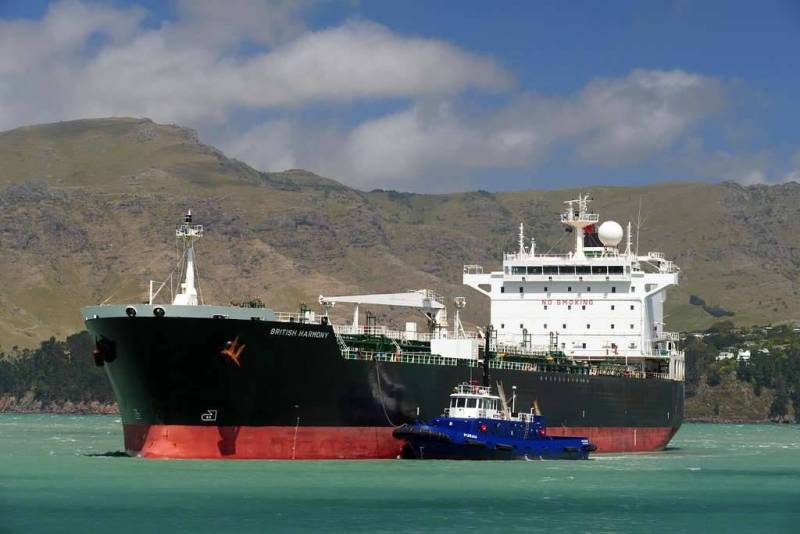Export of oil through the western ports of the Russian Federation will increase by 9% in March, despite forecasts
Exports of Russian and transit of foreign oil grades (grades) Urals, KEBCO and Siberian Light through the western ports of Russia in March 2023 will increase by 9% compared to February. Moreover, daily volumes of oil exports from the western ports of the Russian Federation (Ust-Luga, Primorsk and Novorossiysk), according to industry experts, excluding the transit of black gold from Kazakhstan, will increase by 4%, despite the plans of the Russian authorities to reduce production by 500 thousand barrels per year. day in March.
It should be noted that earlier Reuters suggested, citing its sources, that the transportation (export) of oil from the western ports of the Russian Federation in March could decrease by another 10-25% compared to the previous month. Moscow will allegedly do this in order to raise prices on the world market and earn more money with a smaller supply of raw materials. Usually, Russian companies exported up to 10 million tons of black gold per month or 2,5 million barrels per day through these ports. However, the forecasts of Reuters sources, apparently, are not destined to come true.
The thing is that due to severe storms in the Black Sea in February, almost 1 million tons of oil got stuck in the port of Novorossiysk, the deliveries of which were postponed to March. Therefore, it is expected that 3,2 million tons of black gold will be exported from the port of Novorossiysk in March, and the total volume of deliveries of this hydrocarbon raw material from the western ports of the Russian Federation in March may reach 9,6 million tons, while in February it amounted to only 8,0 million tons.
It should be noted that, according to traders, all tankers, which were planned to transport Russian oil in March, have already been loaded. Therefore, there is practically no doubt that the export of black gold in March will take place in the planned volume. India and China will remain the main buyers of Russian oil, ranking first and second. They are also the main recipients of offshore deliveries of Urals oil, having retained their positions in March.
But, according to Refinitiv, the providers have slightly changed their regular routes. For example, in March, Gazpromneft shipped 140 tons of Urals oil from the port of Novorossiysk to Myanmar (then via an oil pipeline to China), while Russneft shipped 80 tons of Siberian Light oil from the same port to Sri Lanka. India is likely to account for more than 50% of all Urals oil exports in March. At the same time, supplies to India and China are carried out either directly or with using offshore transshipments "board-to-board" (STS), i.e. from tanker to tanker near Kalamato in Greece and Ceuta, a semi-exclave of Spain on the northern coast of Africa.
- picryl.com

Information